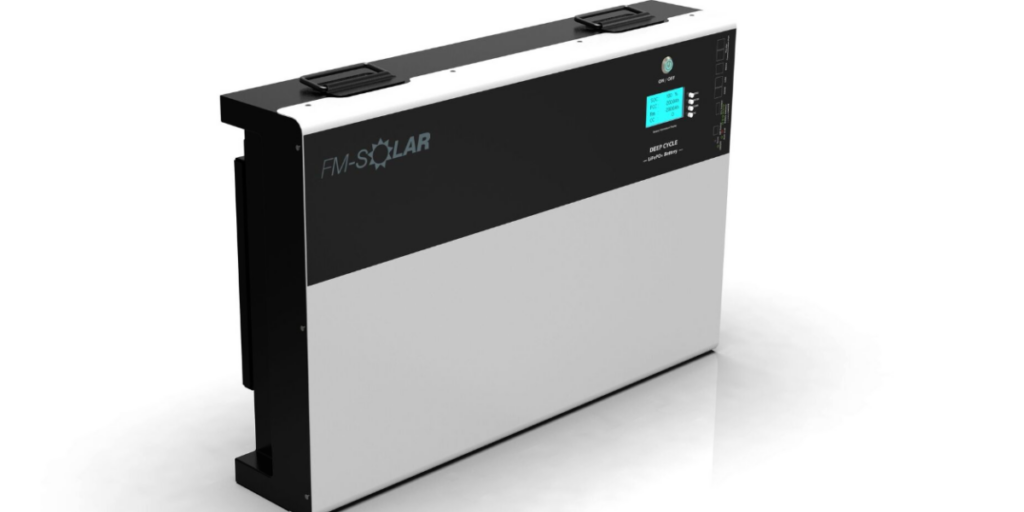https://solarquarter.com/2023/06/23/explained-wind-load-analysis-for-solar-mounting-structures-designing-for-resilience/
Explained: Wind Load Analysis For Solar Mounting Structures Designing For Resilience
Wind is one of the primary environmental factors that can significantly impact the performance and durability of solar mounting structures. As the use of renewable energy grows, it is essential to make sure that these structures can withstand the forces generated by severe winds. Designing solar mounting systems that can survive the challenges provided by strong winds and bad weather requires careful consideration of wind load analysis.
Understanding the wind climate at the installation site is the first step in wind load analysis. It is necessary to take into account elements including the topography, nearby structures, and regional wind patterns. Historical information, wind speed readings, and meteorological bulletins are all useful tools for figuring out the current state of the wind. Engineers can calculate the design wind speed, which serves as the starting point for computing wind loads, by analyzing this data.
Once the design wind speed has been established, the aerodynamic characteristics of the solar mounting structure must be taken into account. The wind forces acting on the structure are strongly influenced by its size, shape, and orientation. To evaluate the structure’s aerodynamic performance, engineers use wind tunnel tests and computational fluid dynamics (CFD) simulations. The evaluation of wind pressure distribution, turbulence impacts, and vortex shedding phenomena that may affect the mounting system’s stability is made easier with the use of these methodologies.
The next stage is to ascertain the wind loads affecting various solar mounting structure components. Analyzing the pressure coefficients is necessary to do this since these coefficients relate the wind pressure to the design wind speed. The shape, height, and surface abrasiveness of the structure are among the variables that affect the pressure coefficients. Engineers calculate wind loads based on pressure coefficients using a variety of standards and guidelines, including ASCE 7 and Eurocode.
In addition to the pressure coefficients, other elements such as the structure’s dynamic responsiveness, wind directionality, and gust effects must be taken into account. Assessing the wind-induced vibrations, fatigue loads, and dynamic behaviour of the mounting system requires consideration of these elements. To take these considerations into account and guarantee the structural integrity of the solar mounting system, engineers use analytical techniques, numerical models, and structural analysis software.
Including safety considerations and structural reinforcements to withstand wind loads over the design criteria is part of designing for resilience. The structural robustness can be improved by using high-strength materials like galvanized steel or aluminum alloys. Additionally, modern connection technologies like bolted or welded joints are used to guarantee stability and load transfer between various structural components.
To detect any signs of deterioration or damage brought on by wind loads, routine maintenance and examination of solar mounting structures are crucial. Long-term system performance can be ensured by routine inspections for loose connections, corrosion, and structural deformations.
In conclusion, constructing robust solar mounting systems requires careful consideration of wind load analysis. Engineers can precisely calculate wind loads and create structures that can endure the difficulties brought on by strong winds by taking the wind environment, aerodynamic qualities, and structural behaviour into account. The lifetime and dependability of solar mounting systems in windy areas can be increased by including safety considerations, employing high-strength materials, and performing routine maintenance. Solar power may continue to be efficiently harvested with sturdy and resilient designs, assisting in the global expansion of renewable energy.







